This post may contain affiliate links. Please read our disclosure policy.
Plants are amazing! From helping kids stay focused to giving you food to feed your family – you can’t go wrong with an indoor plant or garden.
If you are looking for a beginner’s guide to indoor gardening or a guide to planting your first outdoor garden, you’ve come to the right place. While I do not claim to do much of the gardening, I do know a lot about it (thanks to my husband who has a green thumb!)
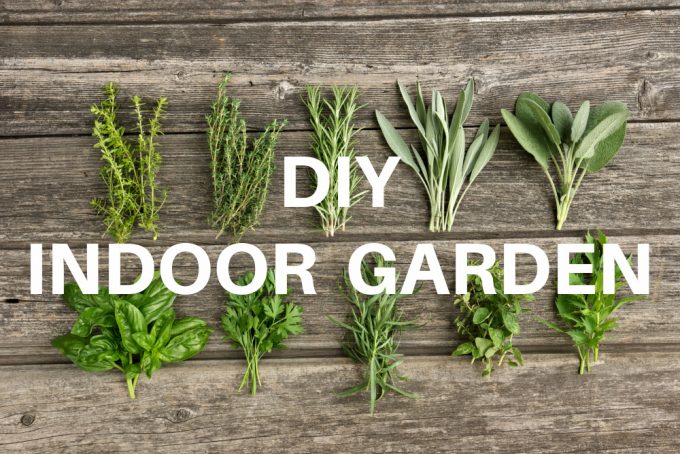
Using these tips to grow an outdoor or an indoor garden will allow you to have a space that feels calming and natural.
Whether you plant a beautiful indoor herb garden or a large outdoor fruit & vegetable garden, you will have the ability to use fresh produce or herbs to feed your family with a garden. This post contains tips, ideas, and links to gardening kits using our affiliate link. You will also find lists of the easiest plants to get started right away. 🙂
Benefits of an Indoor Garden
That’s wonderful! In fact, indoor plants will benefit you and your family more than you know. A study published in the Journal of Physiological Anthropology found that indoor plants reduce stress by making you feel comfortable, soothed, and natural.
If you go the extra mile and care for the plants, you’ll be doing yourself another favor – it was proven that those who care for plants have lower levels of anxiety and depression.
Plants Help Kids FOCUS
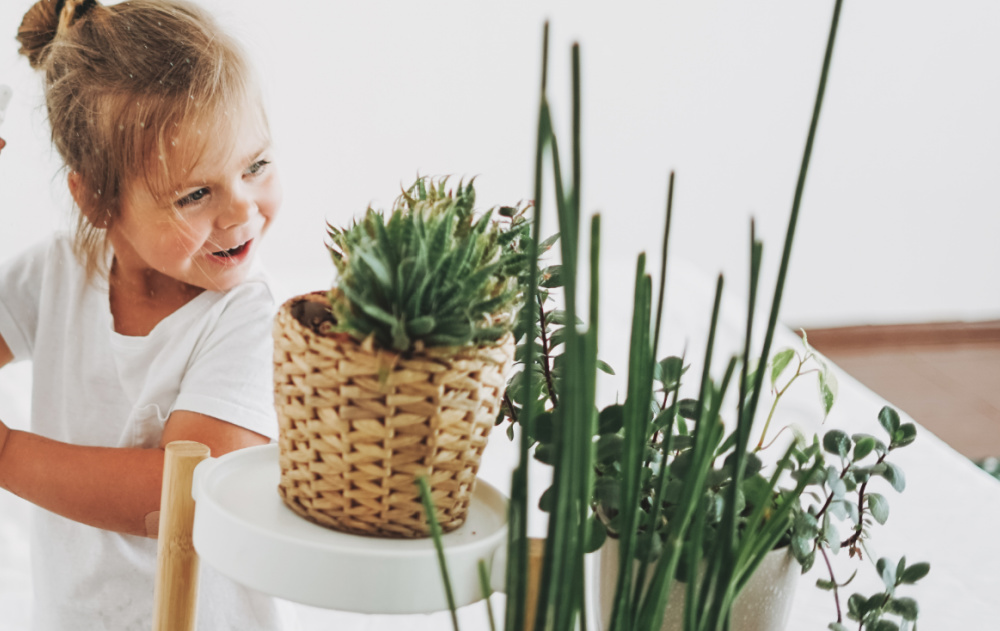
Oh- and if you have a student in your house, an indoor garden will help them pay attention and focus!
In a study shared by the Department of Environmental Health Science, researchers put students in a classroom with either a fake plant, a real one, a photograph of a plant, or no plant at all.
Brain scans of the participants showed that the students who studied with real, live plants in the classroom were better able to concentrate and were more attentive than students in the other groups.
There are several reasons, but a study published in Environmental Health Perspectives found that the Oxygen in the plant lowers the Carbon Dioxide levels. When this happens, the ability to focus becomes easier. 🙂
It was found that the cognitive scores of participants in the room with better Oxygen levels (thank you, plants.) were 61% higher than the participant’s rooms without the increased air quality & Oxygen. They had better decision-making ability & thinking capabilities, among other things.
Top Indoor plants to increase the quality of air
The following plants were found to increase the air quality & Oxygen for indoor spaces.
- Areca Palm
- Lady Palm
- Dwarf date Palm
- Bamboo Palms
- Boston Fern
- Rubber Tree
- Spider Plant
- Ficus Tree
How to Plant An Indoor Garden
As long as you remember that the goal of the garden is to mimic what’s going on in nature, you will have a beautiful garden without a ton of work.
CONSIDER THE SPACE:
How much space do you have? If you have more space, you can use several containers. If you are working with a smaller space, you’ll want to get creative. There are many options for a great growing system, such as verticle gardens that can grow 50 plants in a four-foot area.
CONSIDER THE SUN:
Before you begin, you’ll need to find out how much sun your plants need. Will your plants be in a sunroom, near a window, near a balcony, on a screened-in porch, or in a room without much natural light? The placement matters because it will help you determine which plants you need to plant.
Which Indoor Plants Are Easiest To Grow?
- Zamioculcas Zamiifolia
- Golden Pothos Vine
- Snake Plant
- Spider Plant
- Cacti
- Dracaena
- Bamboo
How to Start an Indoor Herb Garden
Growing herbs indoors is also easier than it seems. You can grab a herb garden kit, like this one, to grow nine herb plants from scratch. It is easy to use and doesn’t include too many parts (like an LED grow light or a bunch of wires.)
You can start growing indoors on a larger scale with this 36-plant farmstand growing system. It includes watering systems to add water to the 36 plants (it’s like having a water tank built right into the plant’s roots). It’s perfect for anyone interested in hydroponic gardening (growing plants without soil). It’s like having a smart garden in your home!
A kit with seed pods works, as well. You can find seed pods for just about anything.
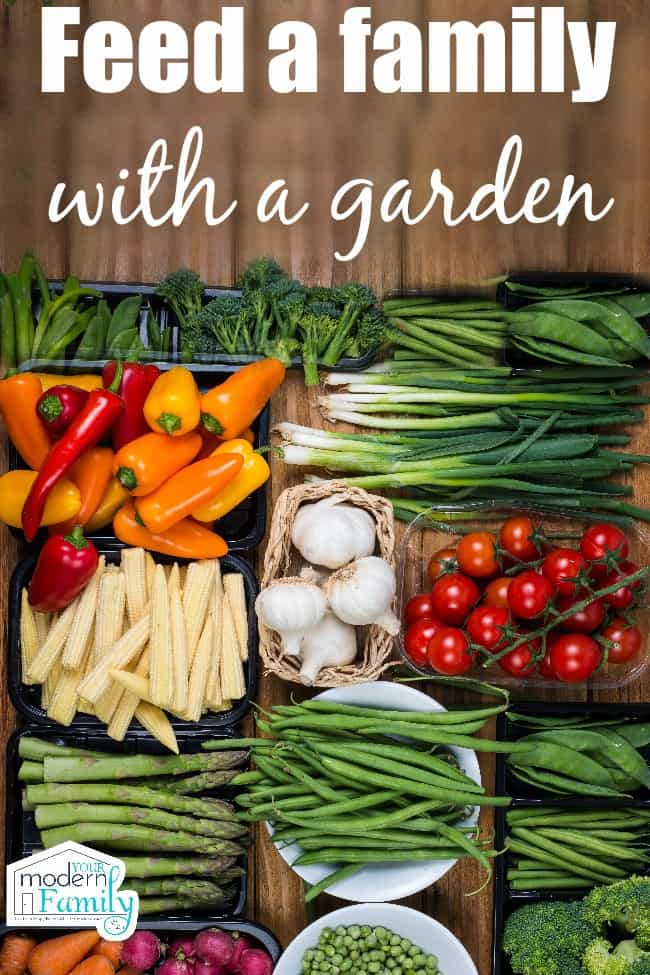
How to Start An Outdoor Garden
- Rise Garden Raised Bed
Fill a raised bed with loose, organic, non-disturbed smart soil. If you have two 3X8 gardens and one trellis, it will feed a family of four. You can feed a family with a garden! - SPACING MATTERS
When you are putting your beds together, be sure that one does not overshadow the other! - USE A TRELLIS
Use a trellis to grow climbing vegetables and fruits. Some examples of these are spring peas, beans, and cucumbers. - SUNLIGHT
You need six hours of sunlight for your outdoor raised garden. - WHERE TO WATER
Remember that you want to water the BASE of the plants for 5-7 minutes two or three times a week.
What Will Ruin Your Garden?
- THE ENEMY of a healthy plant is wet leaves! This is the reason that tomato cages don’t work well in a garden. They make it hard for the leaves to dry, and the plants can not grow well when the leaves continue to stay wet.
- DO NOT TRANSPLANT:
Plants are always healthier if you plant them in the soil that you intend to grow them in. The only ones that should be transplanted (bought as a plant at the store and brought home for you to plant into your garden) are tomatoes and cucumbers. - IT IS ORGANIC.
Grow the rest from seeds. All seeds are Organic Seeds! - DO NOT TILL
Don’t till your outdoor garden. This stirs up the weeds. - GOT ANTS ON YOUR PLANTS?
A little tip to remember… Spinosad is an organic killer for ants if you need one.
5 THINGS NOT TO GROW in your garden:
- Corn
- Pumpkins
- Watermelons
- Cantaloupe
- Okra
These things take up too much space and it is better to simply buy these in the store.
RELATED: Make Healthy Meals on a Budget.
Five Things To Remember When Deciding WHAT to Plant:
When in doubt, plant things that are…
1. Rare
2. Expensive to buy in the store
3. Space Saving
4. Nutritious
5. Ongoing Harvest (example: Fresno)
I hope that this gave you enough information to start your own garden!
Please leave your tips in the comments. I know that I would love to hear them, as well as the other readers!

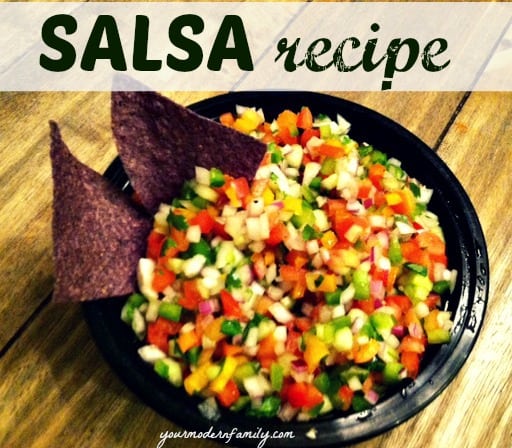
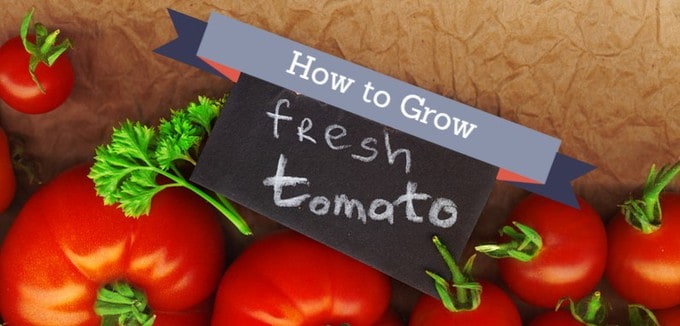
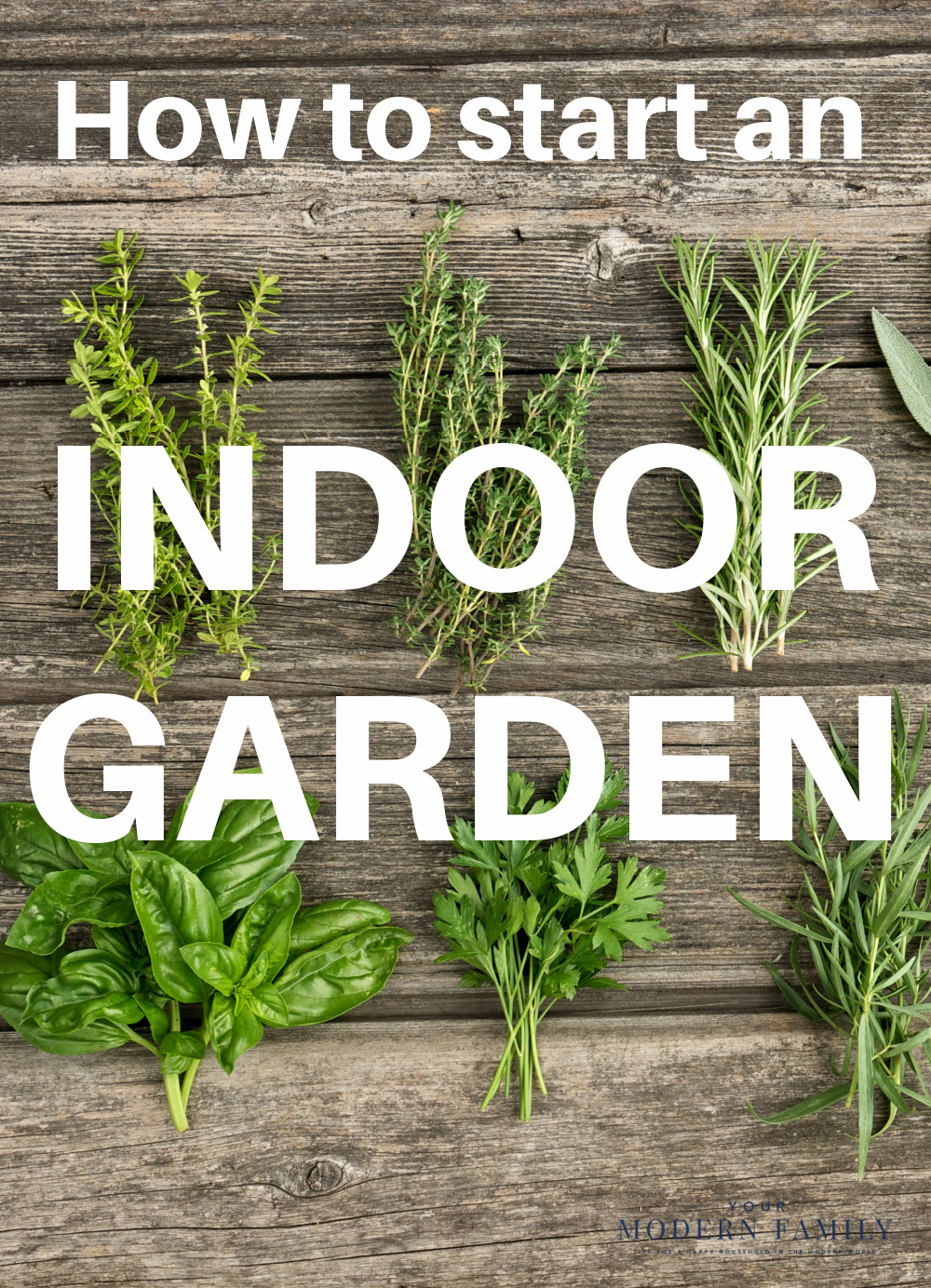

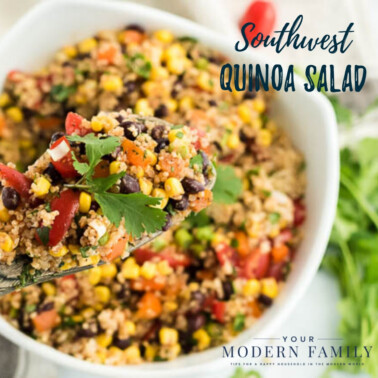












I think I would plant red peppers. I love them, but they are so expensive in the store!
Myth 5: Most seeds these days are genetically modified.
Actually, surprisingly few are. Here’s the full list of food crops for which you can find GMO varieties: Corn, soybeans, cotton (for oil), canola (also a source of oil), squash, and papaya. You could also include sugar beets, which aren’t eaten directly, but refined into sugar. There’s also GMO alfalfa, but that goes to feed animals, not for sprouts that people eat. That leaves quite a lot of your garden untouched.
GMO versions of tomatoes, potatoes, and rice have been created and approved by government regulators, but they aren’t commercially available.